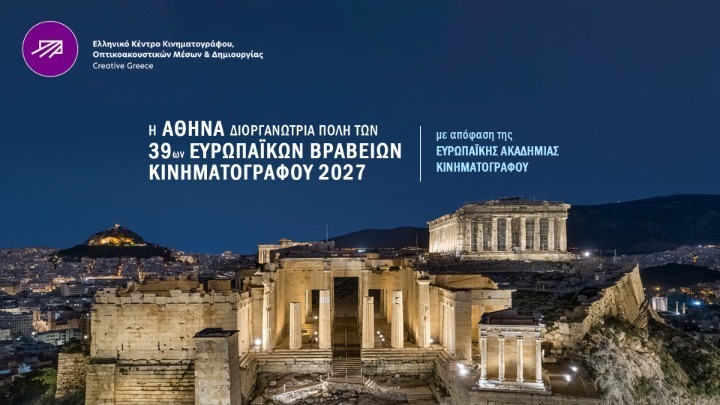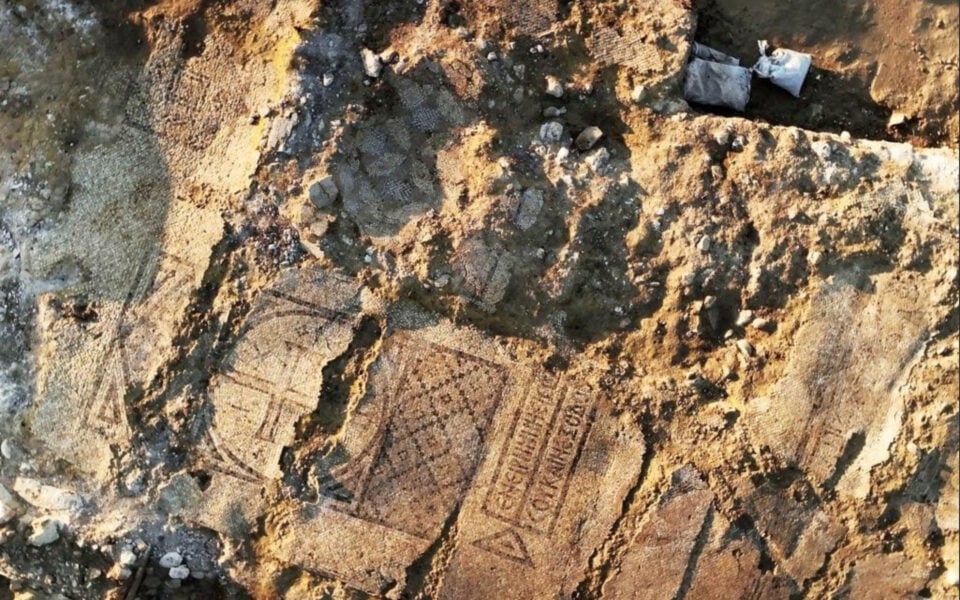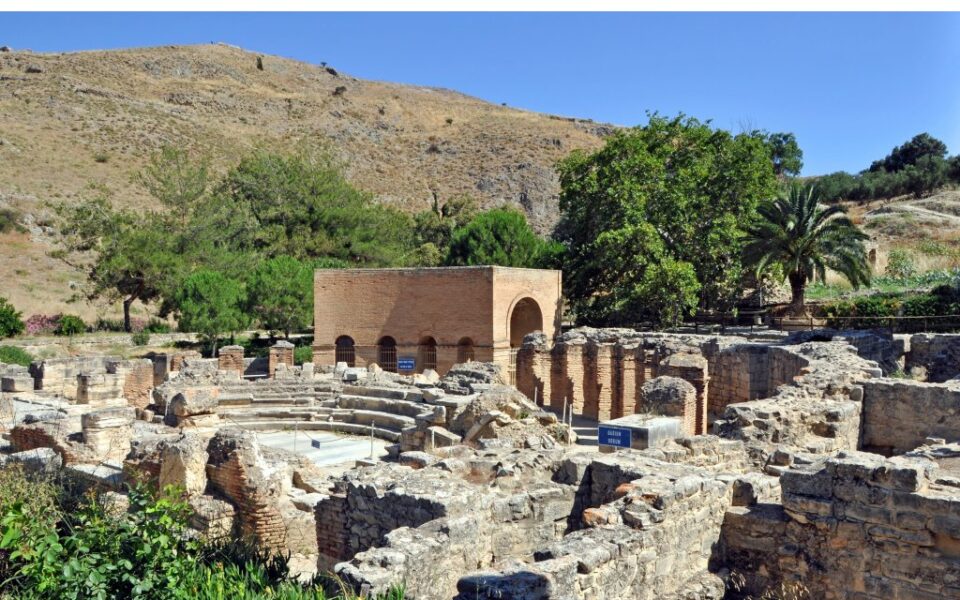Climate change a looming threat to antiquities


Rising temperatures, extended heatwaves and drought are making the impact of climate change felt all over the world.
Now, the first study in Greece examining the effect of climate change on the future microclimate of historical monuments and artifacts shows us how extreme weather events will also impact the country’s cultural heritage.
“Just like the human body, monuments are built to withstand a range of different temperatures. Thanks to our data, we were able to calculate the impact of the climate crisis on artifacts at museums and archaeological sites,” the author of the study, Efstathia Tringa, a PhD candidate and researcher in meteorology and climatology at the Aristotle University of Thessaloniki, tells Kathimerini.
In order to collect the necessary data, sensors measuring temperature and humidity were placed at the Delphi Archaeological Site and Museum, and at Thessaloniki’s Archaeological Museum and 5th century Byzantine Church of Panagia Acheiropoietos.
The broad strokes of the study’s findings are that the combination of rising temperatures and higher humidity levels in the coming years could severely affect the chemical composition of certain materials used in the construction or manufacturing of artifacts, hence accelerating their decomposition or contributing to the prevalence of destructive mold. The challenges are even greater for open-air monuments, which “will have to adjust to new temperature conditions,” explains Tringa.
The study specifically shows that the likelihood of damage rises as the climate warms. “By 2099, there will be 12% more high-risk years for the monuments than in the past,” she says, pointing to current temperature trends.
Changes were also observed inside the two museums, despite the fact that they are equipped with air-conditioning systems. In the summer, the temperature inside them remained below 30 degrees Celsius even when the outdoor temperature reached 40C. In the church, however, the indoor temperature rose in accordance with the outdoors, reaching as high as 35C at times.
“The temperature levels in the museums did not shift to a significant degree, though we did observe a sudden spike last July during the very long heatwave,” says Tringa.
Having no air conditioning, a lot of wooden details in the ceiling and paintings that are 800 years old, the Byzantine church, in contrast, is much more vulnerable. Equipping such monuments with climate control systems is clearly indicated.
“What is interesting from our point of view concerns the amount of energy museums will need to consume in the future in order to maintain these specific temperatures,” she adds.
Asked whether there is a list of museums or monuments that need to be prioritized, Tringa stresses that “all of our monuments are important. What people need to bear in mind is that by protecting the past, we are enhancing the future.”
Source: ekathimerini.com




